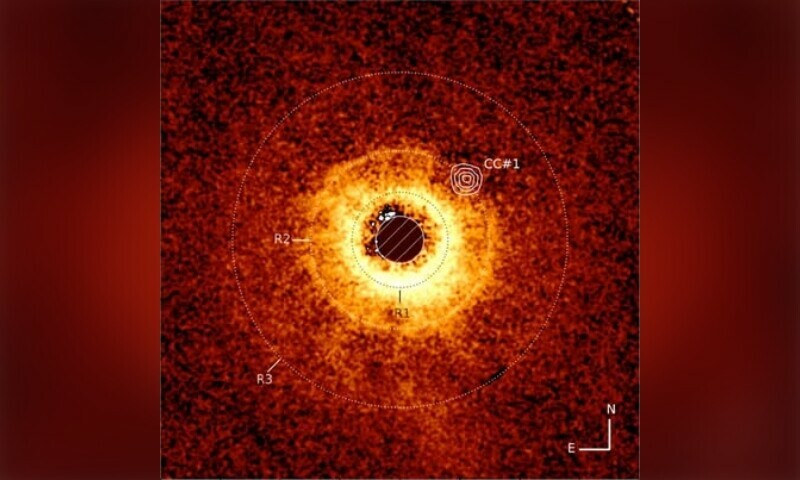Is there anything the James Webb Space Telescope can’t do?
This week, it captured its very first direct image of an exoplanet—a feat that astronomers are calling a major milestone.
The newly spotted world, TWA 7b, orbits a young star just 100 light years from Earth.
That might sound far, but in galactic terms, it’s practically next door.
Until now, Webb has mostly studied already-known exoplanets, analyzing their atmospheres. But this time? It went full explorer.
Why Is This Such A Big Deal?
Because taking pictures of distant planets is notoriously tricky.
“We’re blinded by the light of the star they orbit,” explained study lead Anne-Marie Lagrange. Luckily, Webb comes prepared.
It used a special tool—essentially a built-in eclipse maker—to block the star’s glare and zoom in on the faint glow of the planet.

What they found was a gas giant about the size of Saturn, tucked inside the dusty rings of a very young star.
And here’s the kicker—it’s the lightest exoplanet ever directly imaged.
Webb’s breakthrough brings us one step closer to the ultimate goal: spotting small, rocky, potentially habitable planets like our own.
So, Earth 2.0? We’re looking for you.





